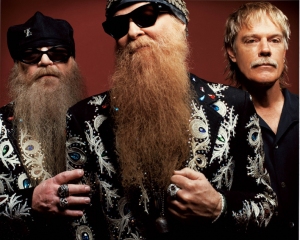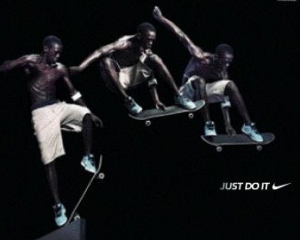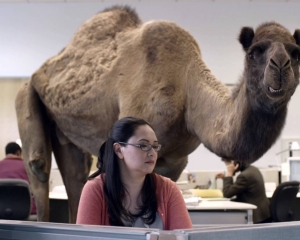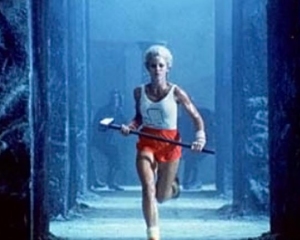Duck Dynasty and How Brands Catch On
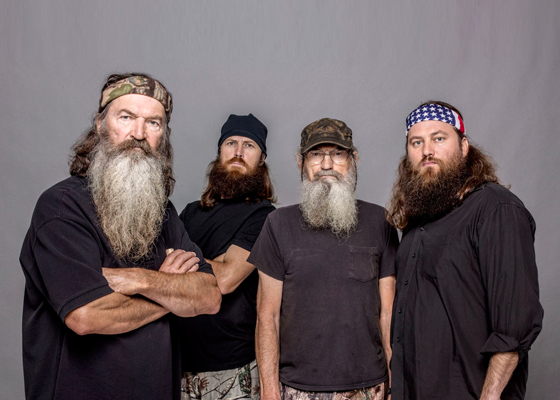
I went golfing a few weekends ago, as I often do. A great way to relax and get a breath of fresh air. As I was moving from one hole to the next, I noticed out of the corner of my eye, a team behind me. They seemed normal enough except for one key extraneous factor: each one of them had a great big, long woodsman beard that stood out like a sore thumb. Immediately, I thought, “These guys look like they came right out of Duck Dynasty,” the popular reality TV show whose main characters all sport extraordinary beards. I’ve also noticed them appearing on talk shows and other TV venues and heard they’ve been invited to various prestigious functions. Though the show may still end up “a flash in the pan,” in the long-run, it’s definitely a trend right now – a brand of its own that is picking up its own traction and creating a cult following. This made me think about “How Brands Catch On.” How Brands Catch OnWhat makes a brand really catch on? I’ve identified a few principles. Personal Identification With a BrandI was thinking about these men at the golf course and how they seemed to be emulating the Duck Dynasty guys. That’s the real test of marketing: do people emulate the brand? Something may go viral, but does it show up on the street? I haven’t yet tuned into that show but I’m definitely interested.
It seems DD fans really get to know those guys, like them, and want to be like them. Rock stars, on the other hand, are very one-sided to most people. They play music. People appear not to care much nor learn about their personal lives. There is one exception: The Beatles; who, when they decided to grow their hair out, started a trend that would be emulated by all “hippies” of the world. Thus the invention of long hair came about. [Chuckle.] Repetition, Repetition, Repetition!That’s all I really need to say about that. Pick Something Simple“Got milk?” “Just do it.” Both of those don’t get much simpler; however, they are still loaded phrases. RenewYou know “Got milk?” – heard it a thousand times. Now they are running those “Protein Fight Club” ads. If you haven’t seen them, you should. They are very creative and a great way to re-boot the “milk” campaign.
Pick Something Easily Applicable to Other Things“Got milk?” became “Got God?” “Got pancakes?” “Got socks?” – you name it. However, the spin-offs only generated more publicity for the brand as a reference. After all, imitation is the highest form of flattery, they say. Pick Something People Will Stand BehindWe all remember the terrible bombing at the Boston Marathon not long ago and how the country came together on social media to support our brothers and sisters effected by the tragedy. The hash tag “#BostonStrong” became a beacon of hope in a time of turmoil. You even saw it on t-shirts and billboards. We can be proud of our nation in the way we face adversity. Use a Catchy MediumBefore the Lance Armstrong scandal was the Lance Armstrong wristband “LIVESTRONG.” Though connotations of that will forever take on a new and negative meaning when being associated with him, the idea seemed great at the time and spawned a host of other words on wristbands being circulated since. Nowadays, they have ribbons for various charitable causes: pink for Breast Cancer awareness and for finding the cure, yellow to support our troops, etc. You can lose the connection to the original idea (anyone know where that started off the top of your head? Exactly.), but it still catches on because it’s effective, just no longer for you. Which brings me to the next point: Take OwnershipOriginals change or fade if you don’t stay with them. It’s a real testimony to the brands that stick beyond the test of time: not as easy as it seems. (Nike and “Got Milk?” are again, great examples.) A lot of blood, sweat, and tears went into making those stick continuously and that’s a testimony to the creative power of those marketing companies for sure.
|
 Stay InTOUCHSign up here to get our monthly newsletter and blog updates. |


